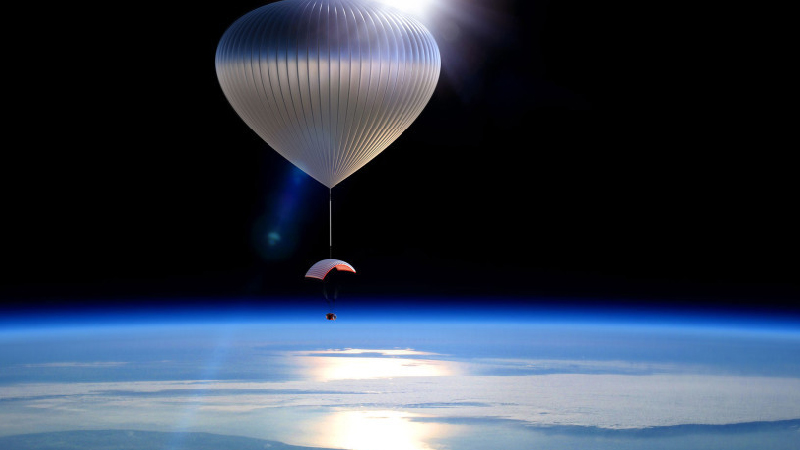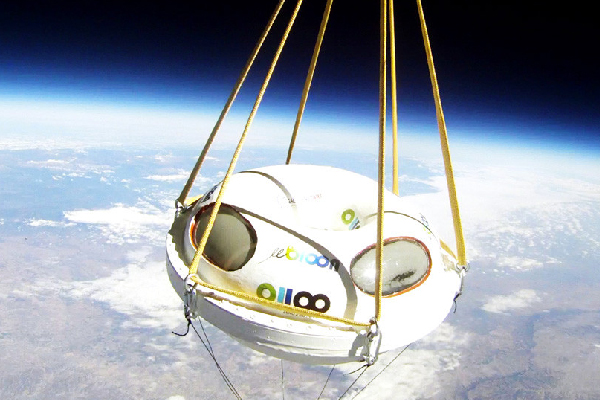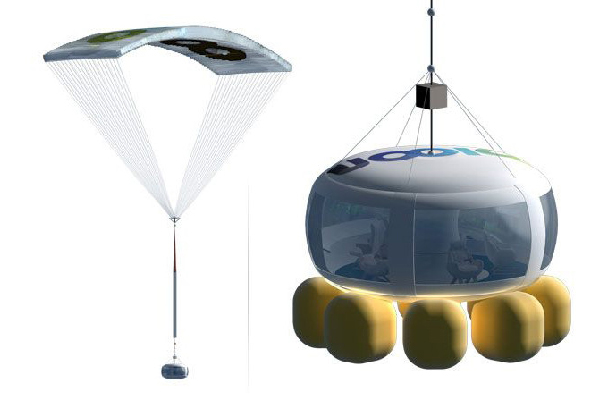Gigantic Balloon To Lift Tourists Into Space

Space agencies like NASA deserve plenty of credit for taking human exploration further but at the time they’ve unintentionally created a false impression that space travel requires all kinds of elaborate technology like rocket boosters and sophisticated shuttle equipment. Now a little-known start-up is poised to show that a trip to the heavens can be simple as hitching a ride on a balloon.
#1:

Zer2infinity’s helium-filled aircraft, is designed to lift passengers to an altitude of 22 miles where they can cruise around the earth’s upper atmosphere. The elevation should enable tourists to see the curvature of the earth and take in panoramic views of other celestial bodies. Essentially, it’ll be enough for them to get that,”Hey! I’m in the outer space” feeling, even though in reality they’ll be floating in a region just below that known as “near space”.
Reaching the destination will only take about an hour and passengers will have the peace of mind that journey is emissions –free since the contraption isn’t powered by rocket fuel or other environmentally-friendly energy sources. The balloon’s dimensions provide a sense of just how much helium is needed to levitate a pod carrying six people. The balloon itself measures 423 feet by 316 feet, while the passenger housing is roughly 13.7 feet in diameter.
#2:

After cruising around for a couple of hours, the module will begin its fall by releasing helium from the sail end. A parachute will be deployed during the last 30 minutes of the home-bound journey. Before landing, eight vented airbags at the bottom of the pod will activate to cushion the impact.
#3:

Lopez-Urdiales, the CEO of the firm, said his firm is considering launching balloon flights from Dubai as well as other Gulf destinations.”We think both launching satellites and launching space tourists is going to be an activity that creates a lot of wealth and a lot of prestige for the location where this happens. We just want to make it affordable and safe for as many people as possible,” he said.
They’ve successfully completed 30 unmanned missions by 2016. As of late 2016, its CEO had suggested that commercial flights could take place as early as 2018.





